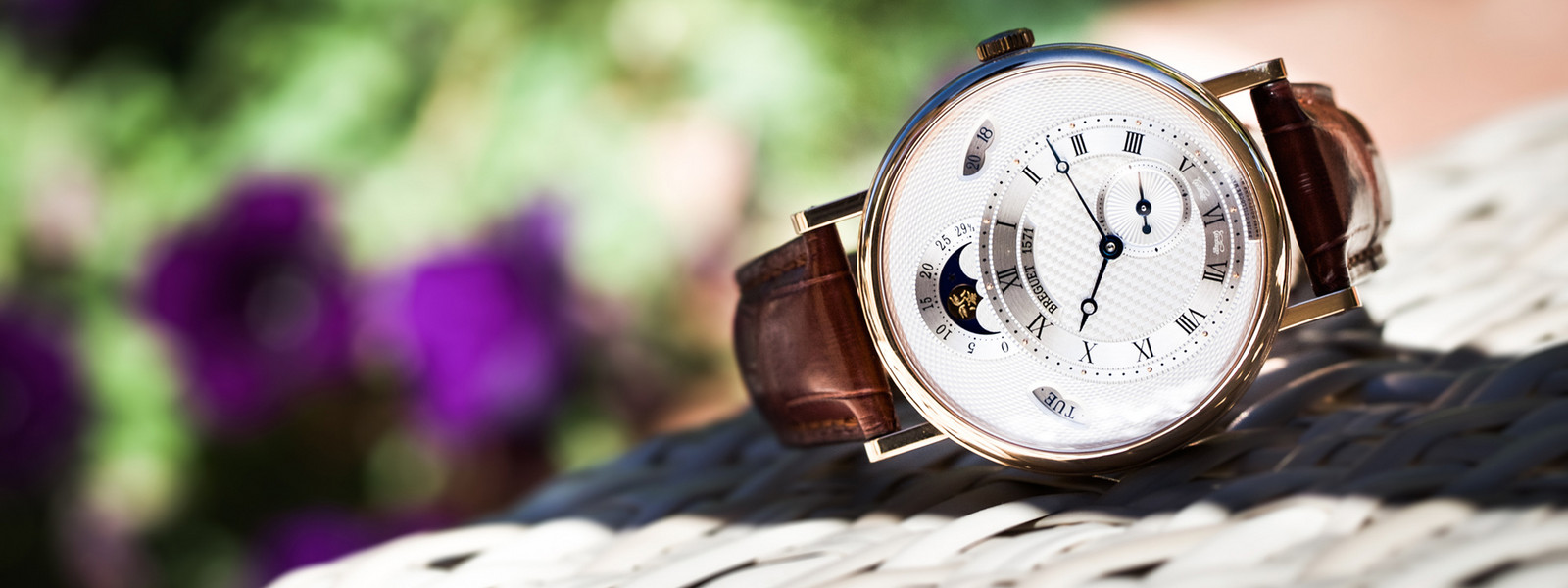Breguet
A.-L. Breguet - Revolutionary and ingenious inventor of the watchmaking craftsmanship
Abraham-Louis Breguet (1747 - 1823) is regarded as the most brilliant inventor of his guild. He has revolutionized the art of watchmaking in many aspects, and all that came after him in inventions in this field, can be described as marginal.
His name stands for an abundance of inventions, many of which have been patented. The Repetition (haptica braille watch), the so-called Breguet spiral, the Breguet pointer, the guilloched dial (1786), the first axial "para-chute", called the "échappement naturel" – the shock protection system (1790), and the invention of the tourbillon (patented 1801). The tourbillon is one of the most famous complications of luxury watches. Every watchmaker who holds something up, runs a model with a tourbillon.
The list of its innovations can be continued indefinitely. In 1812 Breguet created the world's first watch, an order for the Queen of Naples, Caroline Murat. As a watchmaker of the royal navy, he invented the eyepiece for astronomical telescopes in 1819. The eyepiece makes the measurement of "tenths of a second and even nearly hundredths of a second" possible. Only one year later, he invented the observational chronometer, the forerunner of today's chronograph.







